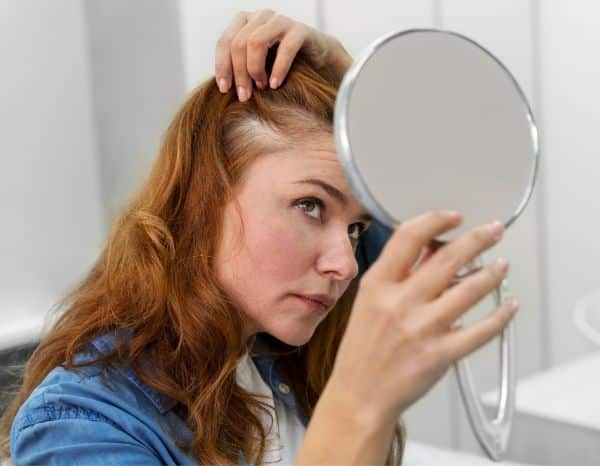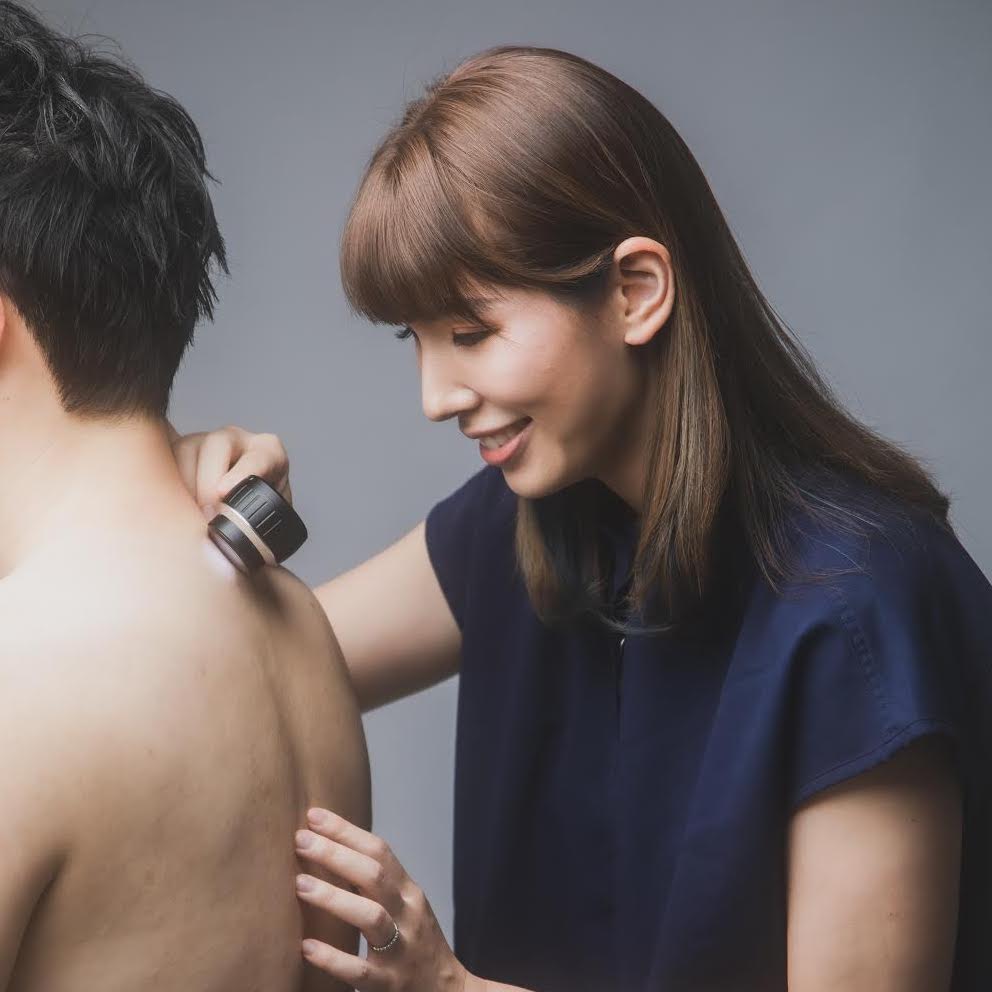Skin Appearance Concerns
Cosmetic Mole Removal
What is Cosmetic Mole Removal?
Lorem ipsum dolor
Some patients seek consultation regarding moles that they find visually prominent or irritating. Cosmetic mole removal involves assessing whether a mole may be removed for aesthetic or comfort-related reasons. A qualified health professional will evaluate each case and determine suitability for treatment.

Lorem ipsum dolor
Lorem ipsum

Platelet-Rich Plasma
This appointment includes:
Review of medical history, muscle activity and skin quality
Assessment of facial movement patterns contributing to lines
Discussion of clinical treatment options available, tailored to your unique presentation
Advice on pre- and post-appointment care if any treatment is provided
Some patients may be suitable for approaches that aim to support the skin and reduce muscle movement, if clinically appropriate. These treatments involve prescription-only products, which cannot be advertised to the public and will only be discussed during your consultation.

What We Improve
Appearance-related concerns
Some individuals may choose to discuss removal of a mole that they feel affects the appearance of a visible area.
Medical assessment where appropriate
If a mole appears suspicious or has changed in shape, size, or colour, it should be assessed by a qualified health professional. In such cases, further investigation or referral may be recommended.
Minimal scarring
Minimal scarring, leaving little to no visible marks on the skin.
Minimal discomfort and downtime
Safe and straightforward procedure with minimal downtime.
Key Information
Costs and product suitability are discussed only during your Initial cosmetic consultation with Dr Tina Fang. This ensures that all recommendations are tailored to your individual needs and medical history.
The consultation fee $120. It is fully redeemable towards any treatment or skincare product if clinically suitable and selected during your appointment.

Key Information
Why do we remove moles?
Moles are a common type of skin growth that can appear on various areas of the body. While many are harmless, some individuals may choose to have a mole reviewed by a health professional if it has changed in appearance or causes concern. In certain cases, a person may consider removal for aesthetic or comfort-related reasons, particularly if the mole is located in a visible or high-friction area.
Is a consultation required?
Yes, a consultation is required prior to any treatment to assess suitability, risks, and expected outcomes.
Cost
All procedures are subject to a consultation and clinical assessment
- Mole removal (standard areas): $350
- Each additional mole (standard areas): $100
- Mole removal (intimate areas): $550
- Each additional mole (intimate areas): $150
Final pricing may vary depending on individual presentation and treatment complexity.
Aftercare Instructions for Mole Removal
A follow-up appointment is typically scheduled around 4 weeks after treatment.
Skin healing times can vary between individuals. Some people may notice skin settling within 10–14 days, though mild redness may persist for several weeks.
Do and Don’t Guidelines:
Gently cleanse and pat dry the area without rubbing or massaging for the first week
Avoid makeup and active skincare ingredients (e.g. retinol, AHAs, BHAs) on the treated site for at least one week
Minimise direct sun exposure to the area for approximately 4 weeks
These general guidelines will be discussed in detail during your consultation, along with personalised advice based on your skin type and treatment.


Advanced Certificate of Aesthetic Medicine
Healthcert

Fellowship of the Royal Australian College of General Practitioners 2019

Skin Cancer College Australasia
Advanced Skin Surgery
Your Trusted Skin Cancer Doctor
Dr Tina has been trained extensively in skin cancer medicine and surgery.
Dr Tina Fang is a qualified female Skin Cancer Doctor in Brisbane, known for her extensive knowledge in both skin cancer and aesthetic medicine. She works across three large specialised skin cancer clinics that check thousands of skins every year, and has been working full time in dedicated skin cancer and cosmetic clinics since 2019.
After completing training and qualifications in dermatoscopy, advanced skin cancer surgery, and advanced aesthetic medicine, Dr Tina offers comprehensive skin checks and skin cancer management. She thoroughly examines the skin for any potential issues, evaluating each detail with a keen eye, and provides clear guidance and appropriate treatment recommendations informed by years of experience and the latest medical best practice.
In addition to skin cancer care, Dr Tina is passionate about hair loss treatments, cosmetic injectables, and cosmetic mole removal, offering a holistic approach to prevention, early detection, and aesthetic treatments.
Begin your journey now
Individualised assessment and professional care with Dr Tina Fang
Call us on 07 3472 7477
